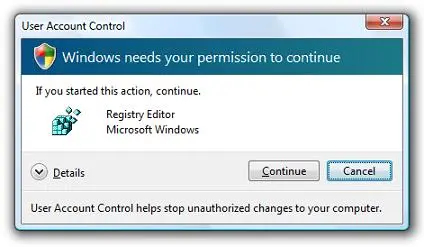1) JSF components tree state takes big enough memory. In the server-side
state saving ( default JSF behavior ) these objects are stored in the
session. For a many concurrent user connections every user gets own
session object. Possible solution - switch to the client-side state saving.
<context-param>
<param-name>javax.faces.STATE_SAVING_METHOD</param-name>
<param-value>client</param-value>
</context-param>
Other possible solution is Facelets behavior that allows to build view
before request processing instead of state saving, but that solution has
sometimes unpredictable side effects. Use web.xml init parameter
together with the <f:view transient="true" > attribute.
<context-param>
<param-name>facelets.BUILD_BEFORE_RESTORE</param-name>
<param-value>true</param-value>
</context-param>
As an intermediate solution, it is makes sense to create custom FaceletsViewHandler subclass with special state processing for a some pages like menus which does not depends for a saved state. That custom handler could call buildView method instead of real restoreView procedure for a such pages.
2) Facelets library in the "debug" mode stores information about
components and beans up to 5 times for an every user. To disable this mode:
<context-param>
<param-name>facelets.DEVELOPMENT</param-name>
<param-value>false</param-value>
</context-param>
3) Most filters use buffering for request processing. According to the
profile information, these buffers took big enough memory in the
application. I see a buffer-related parameter in the RichFaces Ajax filter:
<init-param>
<param-name>maxRequestSize</param-name>
<param-value>100000</param-value>
</init-param>
For a production server, it makes sense to reduce value to a real page
size or remove that parameter at all.
4) TIDY xml filter is DOM-based, thus it requires a lot of memory. It
would be better to use more optimized "NONE" or "NEKO" one :
<context-param>
<param-name>org.ajax4jsf.xmlparser.ORDER</param-name>
<param-value>NONE</param-value>
</context-param>















